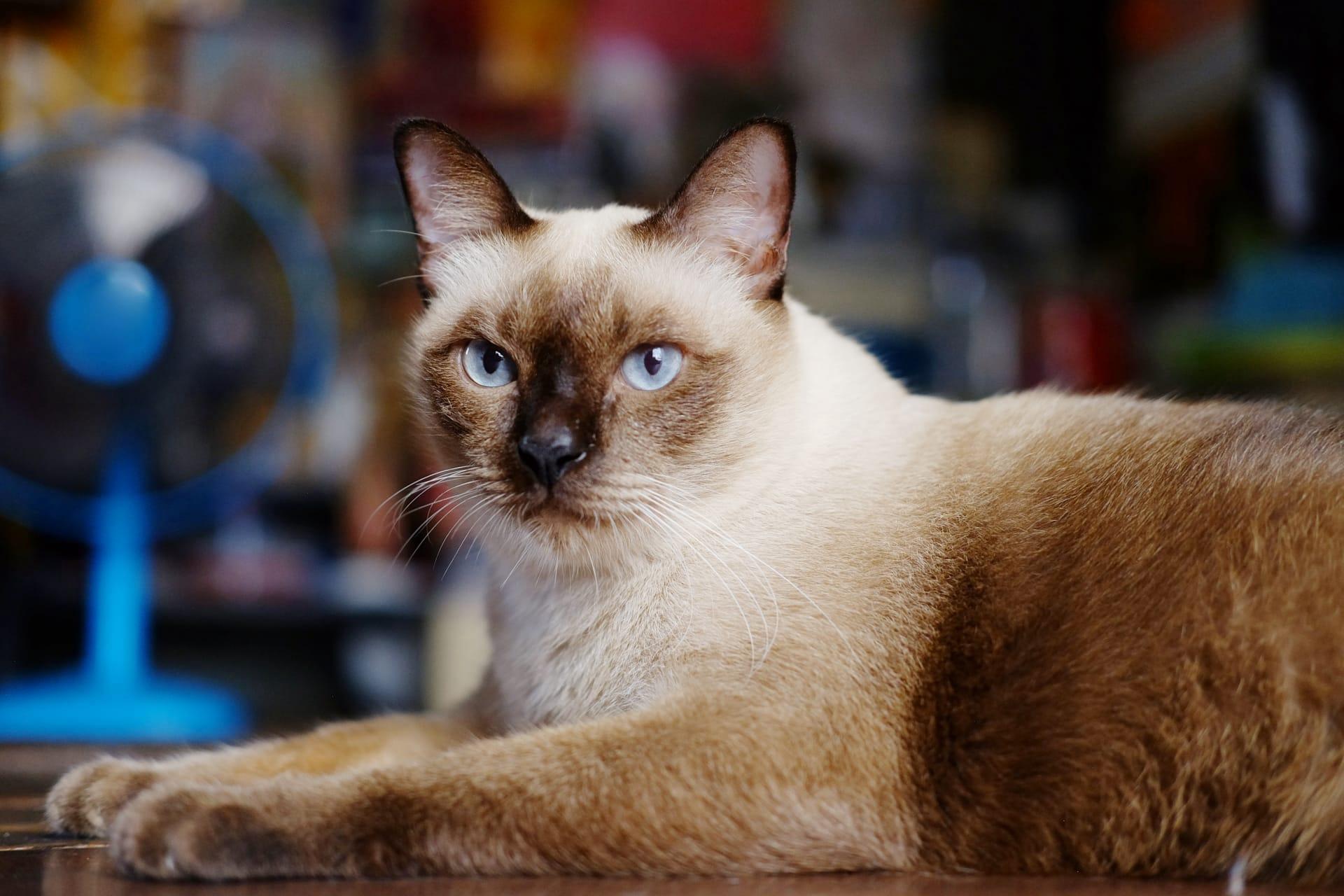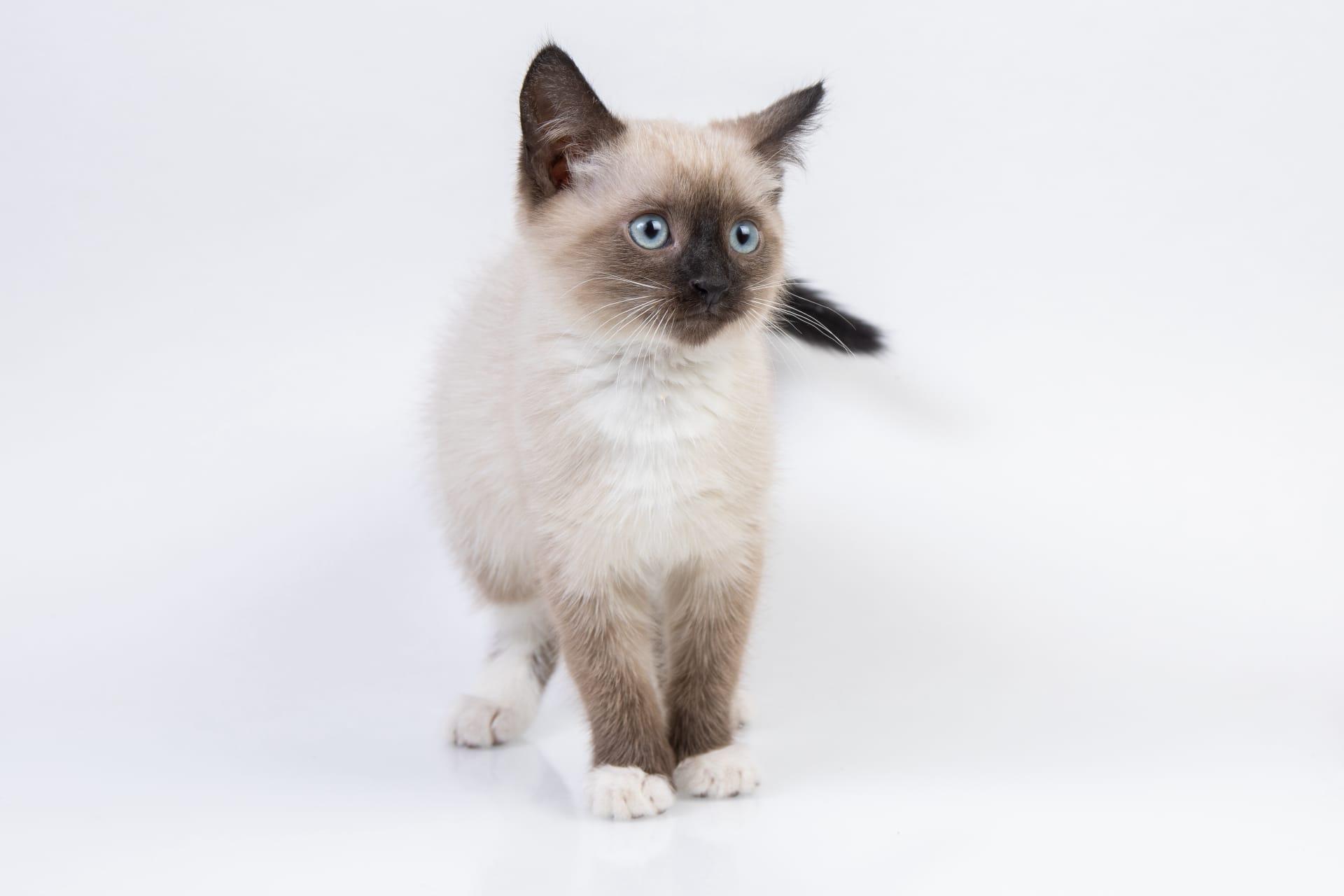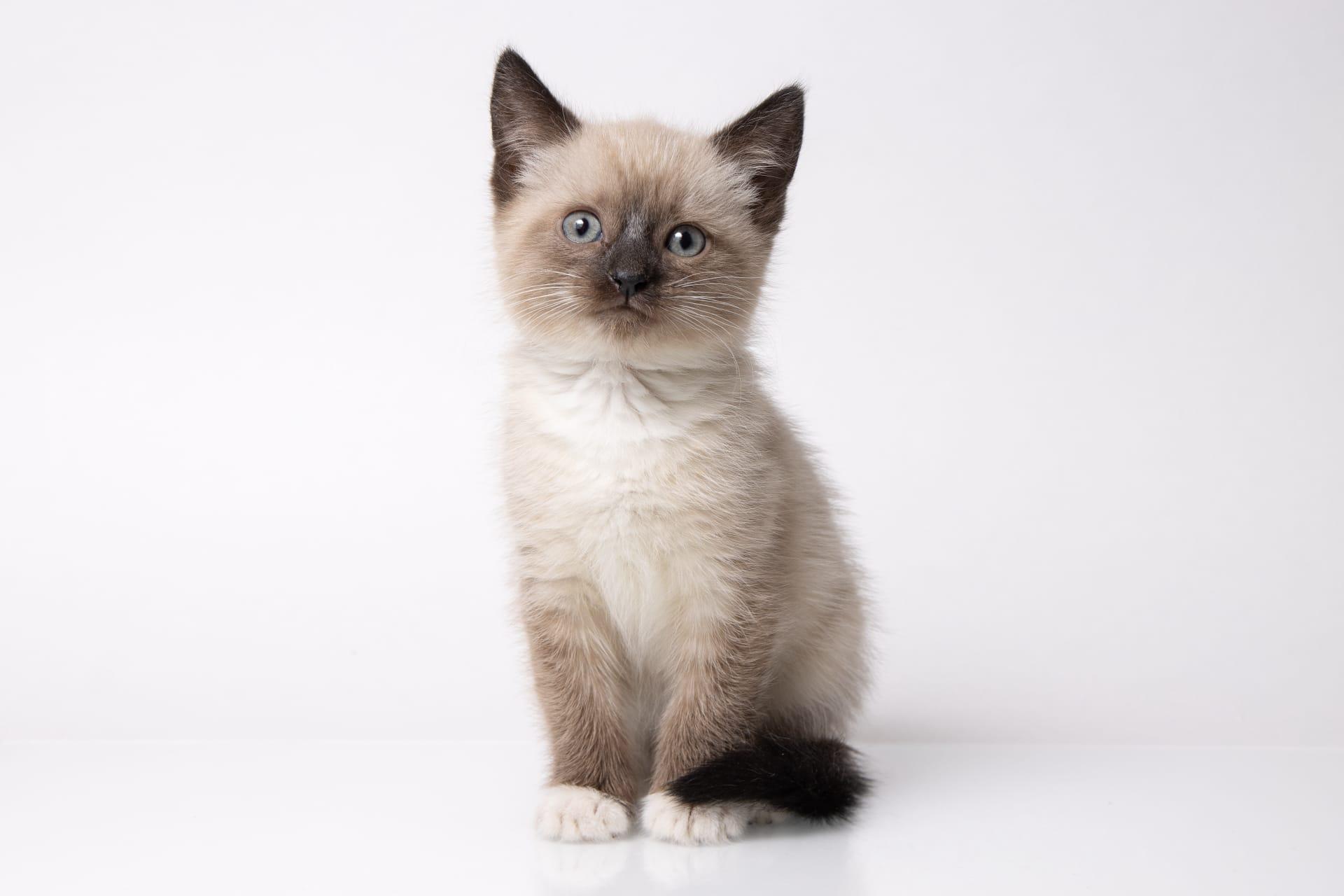Siamese Cat Characteristics
- Home /
- Mini Encyclopedia /
- Animal /
- Siamese Cat Characteristics
1
Siamese cats are renowned for their elegant, slender bodies and striking blue almond-shaped eyes. They possess a short, fine coat that accentuates their svelte, muscular form. Typically, these cats weigh between 6 to 14 pounds, with males usually larger than females. Their life expectancy can span from 15 to 20 years, making them a long-term companion for their human families. The coloration of a Siamese cat is particularly distinctive, with a lighter body and darker extremities known as "points" that include the ears, face, paws, and tail.
The most remarkable organ of a Siamese cat is its vocal cords. Siamese cats are known for their unique voice, which is more powerful and expressive than many other breeds. They use this ability to communicate with their humans, often with a wide range of vocalizations that seem to convey their needs, desires, and even their moods. This vocal prowess is not just about volume but also about the variety of sounds they produce, making them one of the most vocal domestic cat breeds.

2
Question: Why do Siamese cats have blue eyes?
Answer: The blue eyes of a Siamese cat are a result of a genetic trait related to the albino gene that affects melanin production. However, Siamese cats are only partially albino. This gene specifically causes a reduction in pigment in the eyes, leading to their characteristic blue color. The intensity of the blue can vary from light to deep blue, influenced by genetic factors. It's this genetic trait that also contributes to their distinctive point coloration, where the cooler parts of their body have darker fur.

3
Siamese cats are highly active and playful. They enjoy a variety of activities such as climbing, jumping, and exploring their surroundings. Their agility and muscular build allow them to leap to high places and maintain a high level of physical activity. This breed thrives on interaction and engagement, often participating in games that challenge their intellect and physical skills.
When it comes to feeding, Siamese cats have specific dietary needs to maintain their lean and muscular physique. They benefit from a balanced diet rich in protein to support their energy levels. It's essential to provide them with high-quality cat food that meets their nutritional requirements. Siamese cats often prefer their food at room temperature and may require encouragement to drink enough water, so providing fresh water daily is crucial for their hydration.

4
Siamese cats are adaptable and can thrive in various living environments, from spacious houses to compact apartments. However, they do best in environments where they receive plenty of attention and stimulation. They are social creatures that form strong bonds with their humans and can suffer from separation anxiety if left alone for extended periods. Enrichment through toys, climbing structures, and interaction helps keep them happy and healthy.
The breeding of Siamese cats requires careful consideration to health, temperament, and the breed's distinctive physical traits. They reach sexual maturity relatively early, around 5 to 6 months of age. Responsible breeding practices include health screening for common genetic conditions and ensuring that kittens are socialized early. Siamese cats are known for their larger litters, often having between 4 to 6 kittens. Breeders focus on maintaining the breed's quality and health, with a keen eye on preserving the unique characteristics that make Siamese cats so beloved.

5
Book: "The Siamese Cat" by Vera M. Nelson. Published in the United States during the mid-20th century, this book provides an in-depth look into the history, character, and care of Siamese cats. Nelson's work is celebrated for its comprehensive guide to understanding and nurturing these elegant felines, highlighting their sociable nature and the deep bonds they form with their owners.
Book: "Siamese Cats: A Complete Pet Owner's Manual" by Dianne Halicki. Released in the late 20th century, this manual offers practical advice on raising a Siamese cat, covering everything from nutrition and health care to behavior and training. Halicki's book is an essential resource for both new and experienced Siamese cat owners, enriching their knowledge about the breed's specific needs and traits.